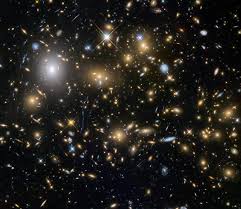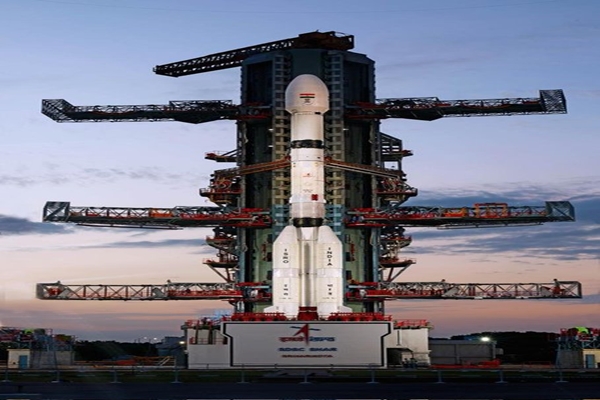Our universe contains two trillion galaxies:study
Tue 17 Jan 2017, 13:42:49

Our universe contains an astonishing two trillion galaxies, ten times more than previously thought, according to a new study published today.Astronomers have long sought to determine how many galaxies there are in the observable universe, the part of the cosmos where light from distant objects has had time to reach us.
Over the last 20 years, scientists have used images from the Hubble Space Telescope to estimate that the universe we can see contains around 100 to 200 billion galaxies.
Current technology allows us to study just 10 per cent of these galaxies, and the remaining 90 per cent will be only seen once bigger and better telescopes are developed, said researchers led by Christopher Conselice from University of Nottingham in the UK.
Aaron Wilkinson, a PhD student at Nottingham, performed the initial galaxy-counting analysis, which was crucial for establishing the feasibility of the larger-scale study.Conselice's team then converted pencil beam images of deep space from telescopes around the world, and especially from the Hubble telescope, into 3D maps.
These allowed them to calculate the density of galaxies as well as the volume of one small region of space after another.This painstaking research enabled the team to establish how many galaxies we have missed - much like an intergalactic archaeological dig, researchers said.
The results of the study are based on the measurements of
the number of observed galaxies at different epochs - different instances in time - through the universe's history.
the number of observed galaxies at different epochs - different instances in time - through the universe's history.
When Conselice and his team, in collaboration with scientists from Leiden University in the Netherlands and the University of Edinburgh, examined how many galaxies there were at a given epoch they found that there were significantly more at earlier times.
It appears that when the universe was only a few billion years old there were ten times as many galaxies in a given volume of space as there are within a similar volume today.
Most of these galaxies were low mass systems with masses similar to those of the satellite galaxies surrounding the Milky Way."This is very surprising as we know that, over the 13.7 billion years of cosmic evolution since the Big Bang, galaxies have been growing through star formation and mergers with other galaxies," said Conselice.
"Finding more galaxies in the past implies that significant evolution must have occurred to reduce their number through extensive merging of systems," Conselice said."We are missing the vast majority of galaxies because they are very faint and far away.
The number of galaxies in the universe is a fundamental question in astronomy, and it boggles the mind that over 90 per cent of the galaxies in the cosmos have yet to be studied," he added.
The research appears in The Astrophysical Journal.
No Comments For This Post, Be first to write a Comment.
Most viewed from Specials
Most viewed from World
AIMIM News
Latest Urdu News
Most Viewed
May 26, 2020
Where should be the burial of the pilgrims martyred in the Saudi Arabia bus accident?
Latest Videos View All
Like Us
Home
About Us
Advertise With Us
All Polls
Epaper Archives
Privacy Policy
Contact Us
Download Etemaad App
© 2025 Etemaad Daily News, All Rights Reserved.





































.jpg)
.jpg)
.jpg)


